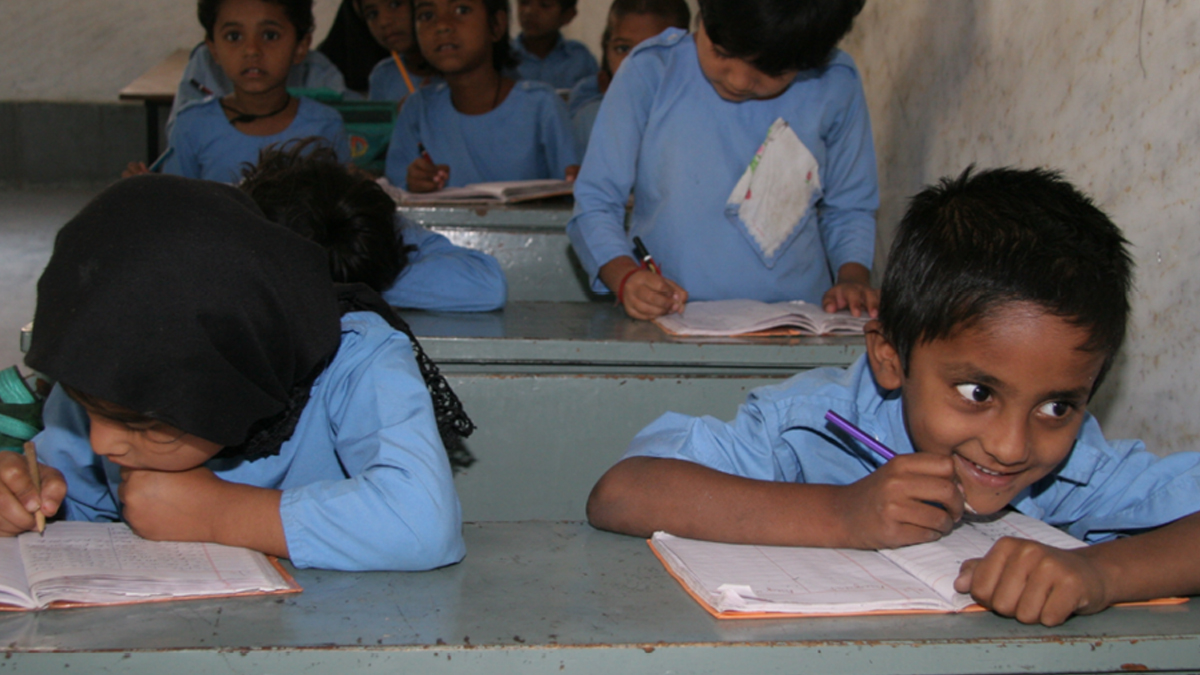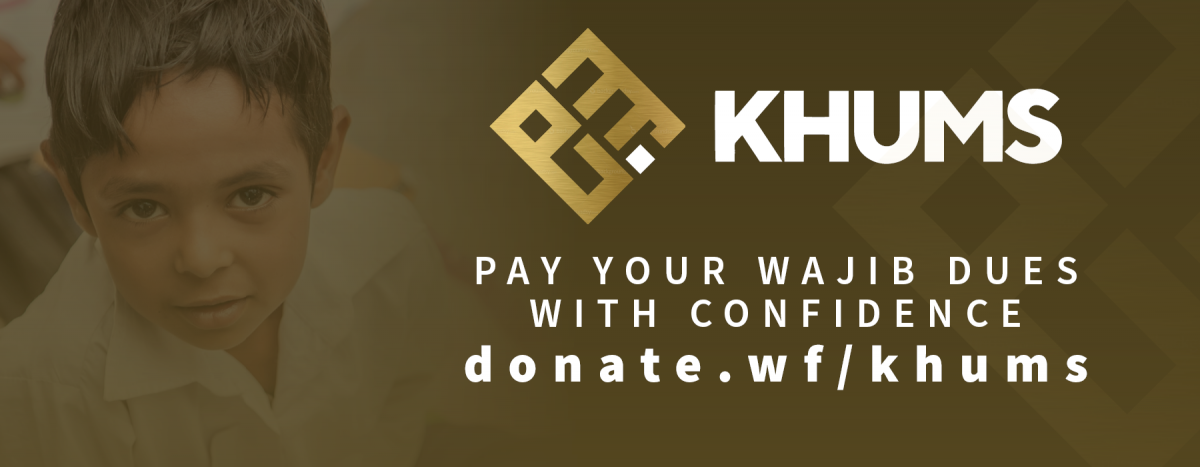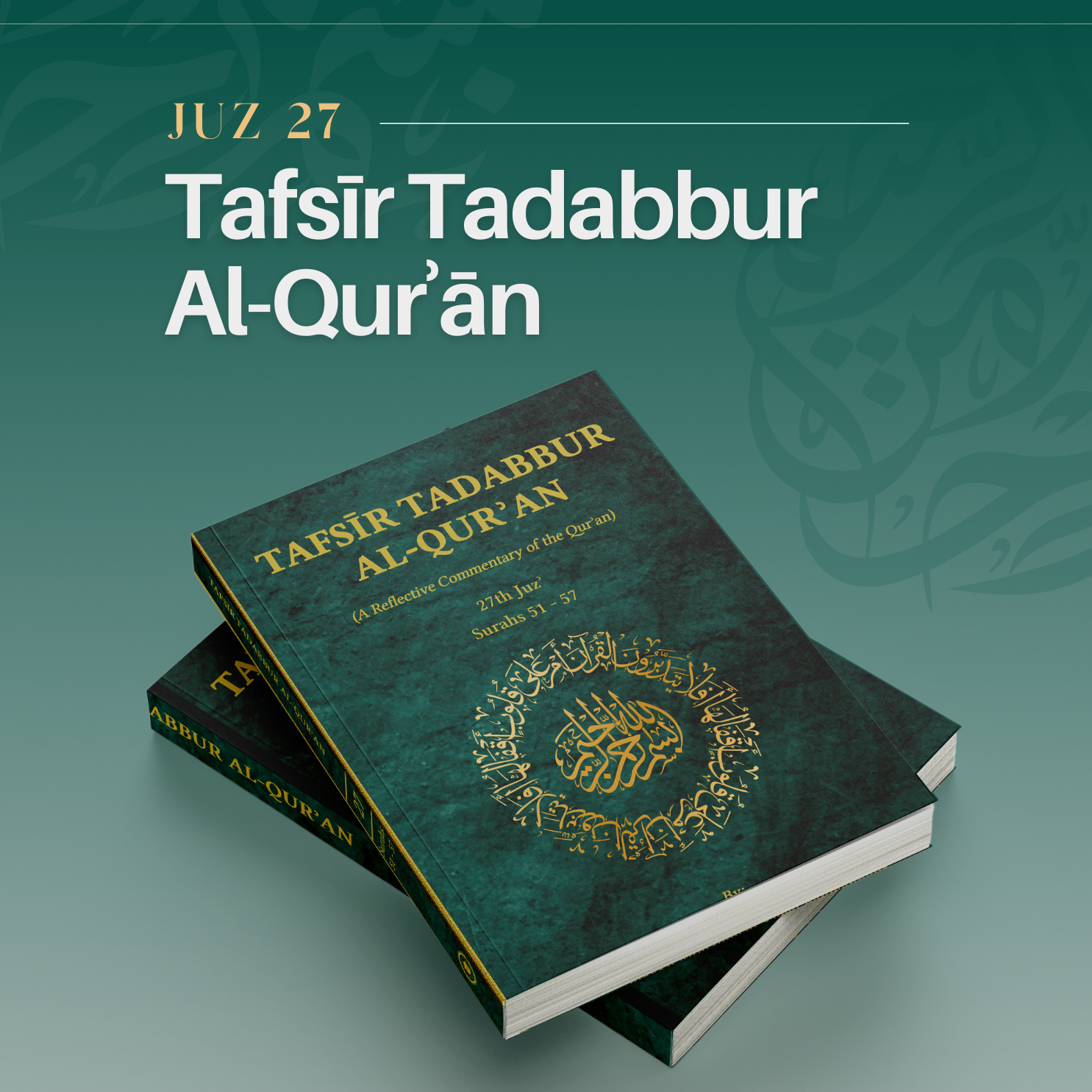‘Khums’ literally means ‘one-fifth’. In Islamic law, it refers to an obligatory (wajib) religious tax which one must pay on several things, the most common of which is surplus income from earnings and gains. The amount of khums one must pay on surplus income is 20%.
If you’ve never fulfilled this religious obligation before or need a reminder about some of the details, then the new edition of our easy-to-digest Khums Guide will give you a clear overview of the most essential rulings on khums. The Guide also explains the differences between the previous and new ruling on loans and includes worked examples which show how the new ruling applies in practice.
Essentially, the Guide tells you what khums is payable on, why we pay it, when to pay, who to pay, and where it goes.
Khums payments are divided into two equal parts:
One half is given to the Imam (a) of the time; this is called ‘Sahm-e Imam’ (The Portion for the Imam (aj)). According to His Eminence al-Sayyid al-Sistani (dz), the obligatory precaution is that this part must either be given to the most learned Marja, or to an individual or organisation that has been given permission (ijaza) to collect khums on behalf of the Marja. This portion is then used for worthwhile purposes authorised by the Marja.
The other half is given to sayyids (descendants of the great grandfather of the Prophet (saw)) who are poor, orphans (only if poor), or stranded travellers (who may be self-sufficient in their home-town but become needy in foreign lands). This is called ‘Sahm-e Sadat’ (the Portion for Sayyids).
























